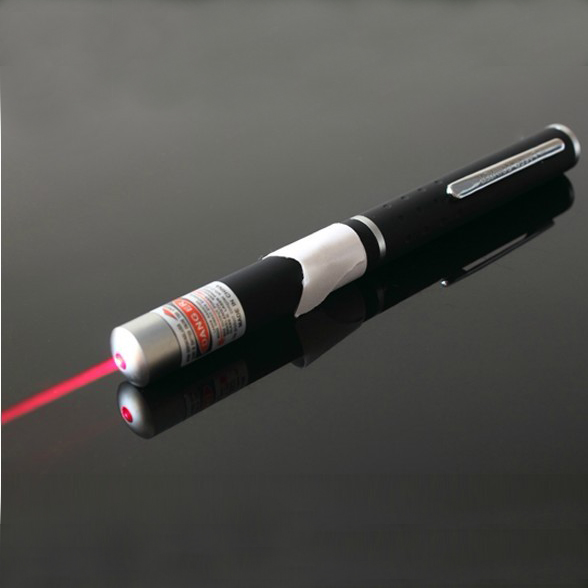Use laser beam to perform various processing on materials, such as drilling, cutting, dicing, welding, heat treatment, etc. laser pointer processing has many advantages: ①The laser power density is large, the temperature of the workpiece rises rapidly after absorbing the laser and melts or vaporizes. Even the materials with high melting point, high hardness and brittleness (such as ceramics, diamond, etc.) can be processed by laser.
②The laser head is not in contact with the workpiece, and there is no problem of processing tool wear; ③The workpiece is not stressed and not easy to be polluted; ④It can process the moving workpiece or the material sealed in the glass shell; ⑤The divergence angle of the laser beam can be less than 1 millimeter Arc, the spot diameter can be as small as micrometers, and the action time can be as short as nanoseconds and picoseconds.
At the same time, the continuous output power of the high-power laser can reach the order of kilowatts to ten kilowatts, so the laser is suitable for both precision micro processing and large-scale material processing; ⑥ The laser beam is easy to control, and it is easy to integrate with precision machinery and precision measurement technology. The combination of electronic and computer realizes a high degree of automation in processing and achieves high processing accuracy; ⑦In harsh environments or places where other people are inaccessible, robots can be used for laser processing.
Laser perforation can be perforated by using a pulsed laser with a pulse width of 0.1 to 1 millisecond, which is particularly suitable for drilling micro-holes and special-shaped holes, with an aperture of about 0.005 to 1 mm. Laser drilling has been widely used in the processing of jewel bearings, diamond wire drawing dies, chemical fiber spinnerets and other workpieces of clocks and instruments.
Laser cutting, scribing and lettering. In shipbuilding, automobile manufacturing and other industries, continuous CO2 green laser pointer ranging from one hundred watts to ten thousand watts are often used to cut large workpieces, which can ensure accurate spatial curve shapes and high processing efficiency.
For the cutting of small workpieces, medium and low power solid-state lasers or CO2 lasers are commonly used. In microelectronics, lasers are often used to cut silicon wafers or cut narrow slits, which are fast and have a small heat-affected zone. The laser can be used to engrave or mark the workpiece on the assembly line without affecting the speed of the assembly line, and the engraved characters can be permanently maintained.
